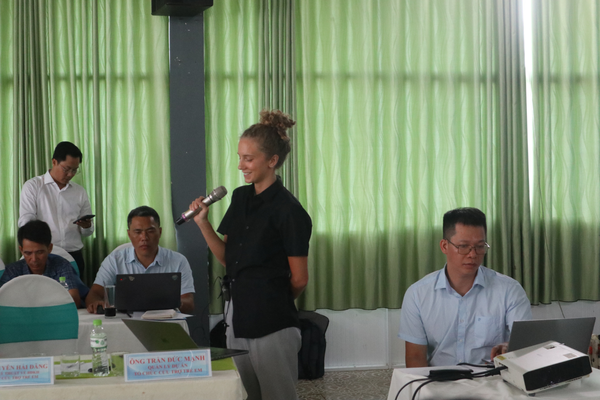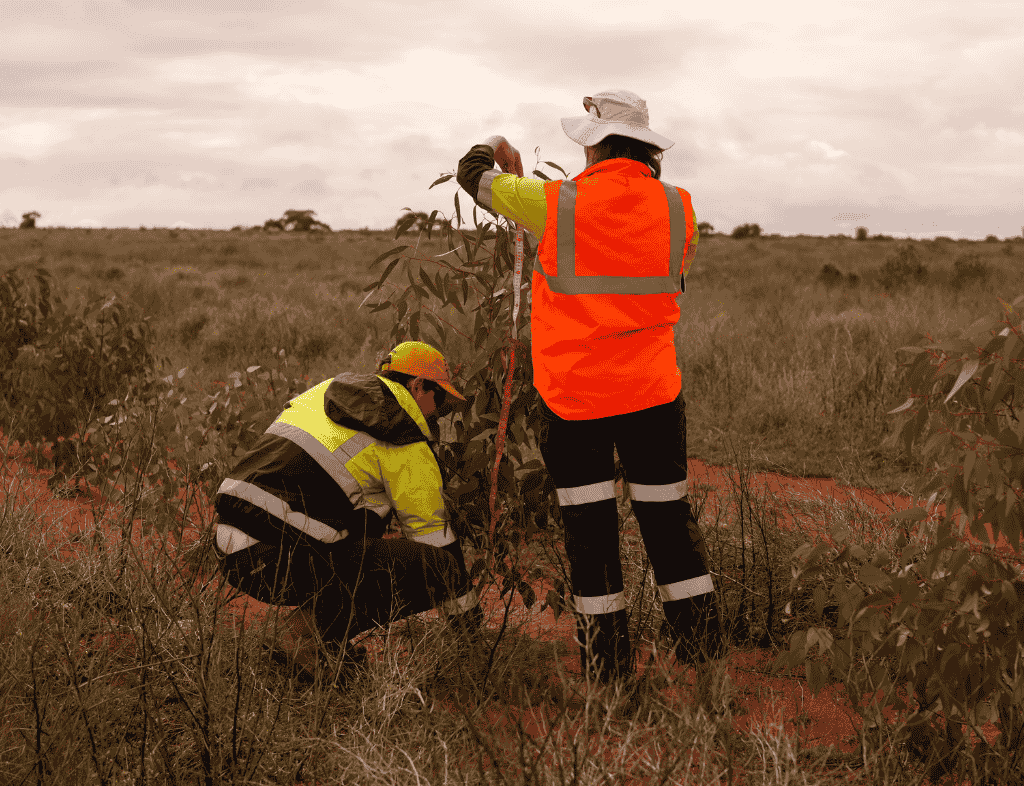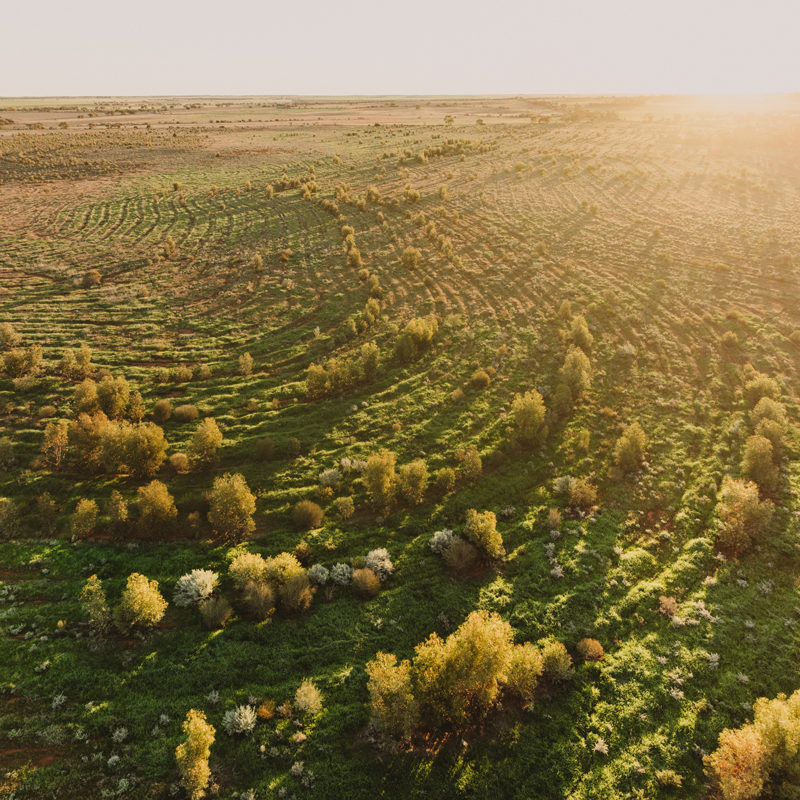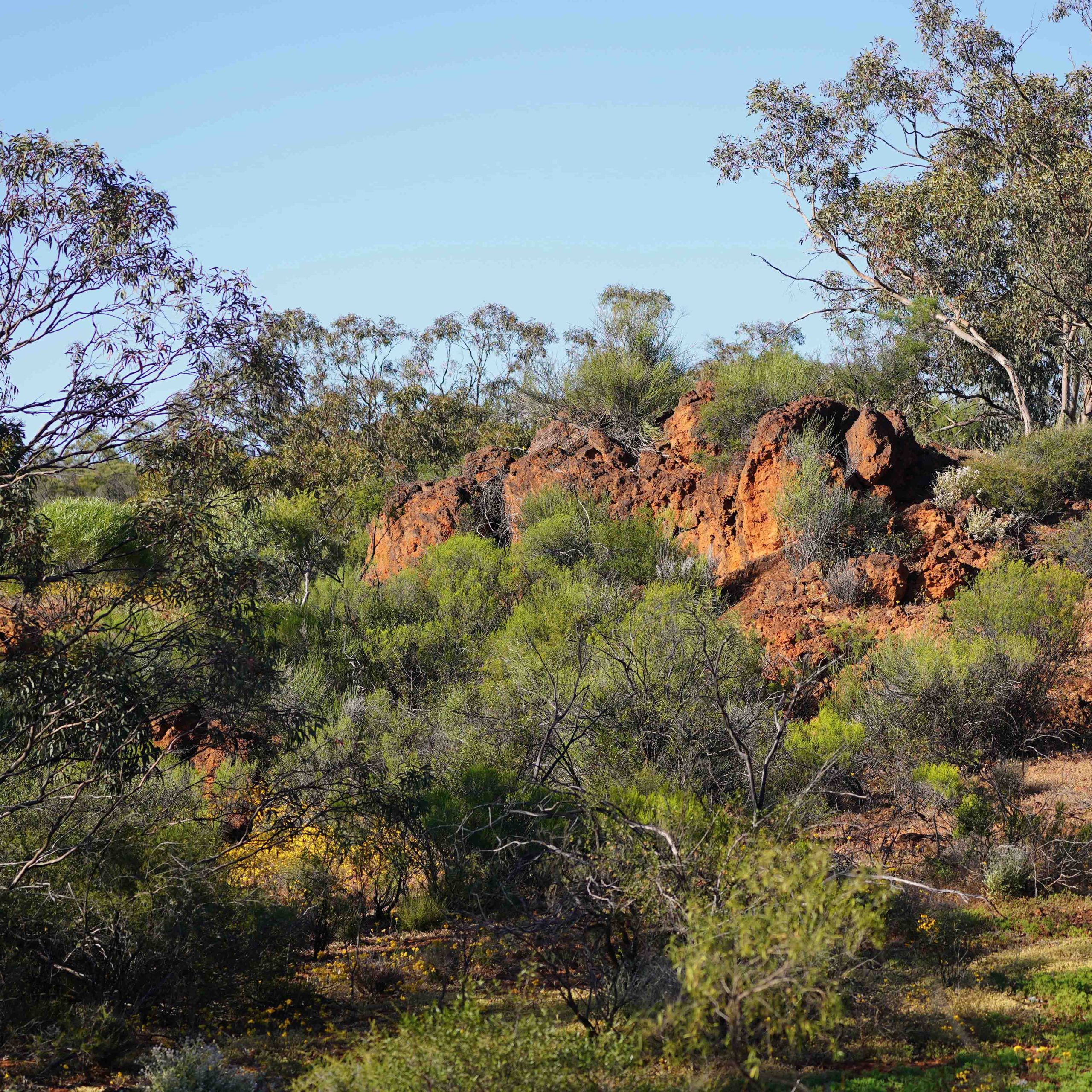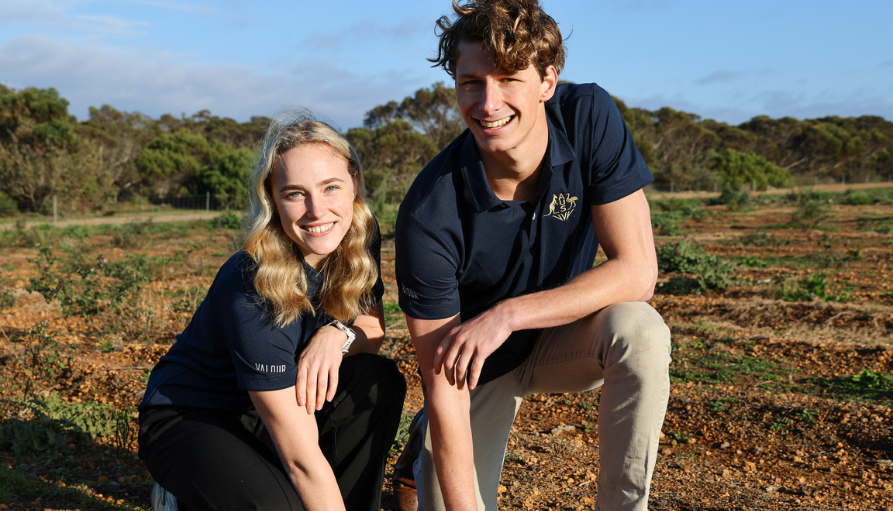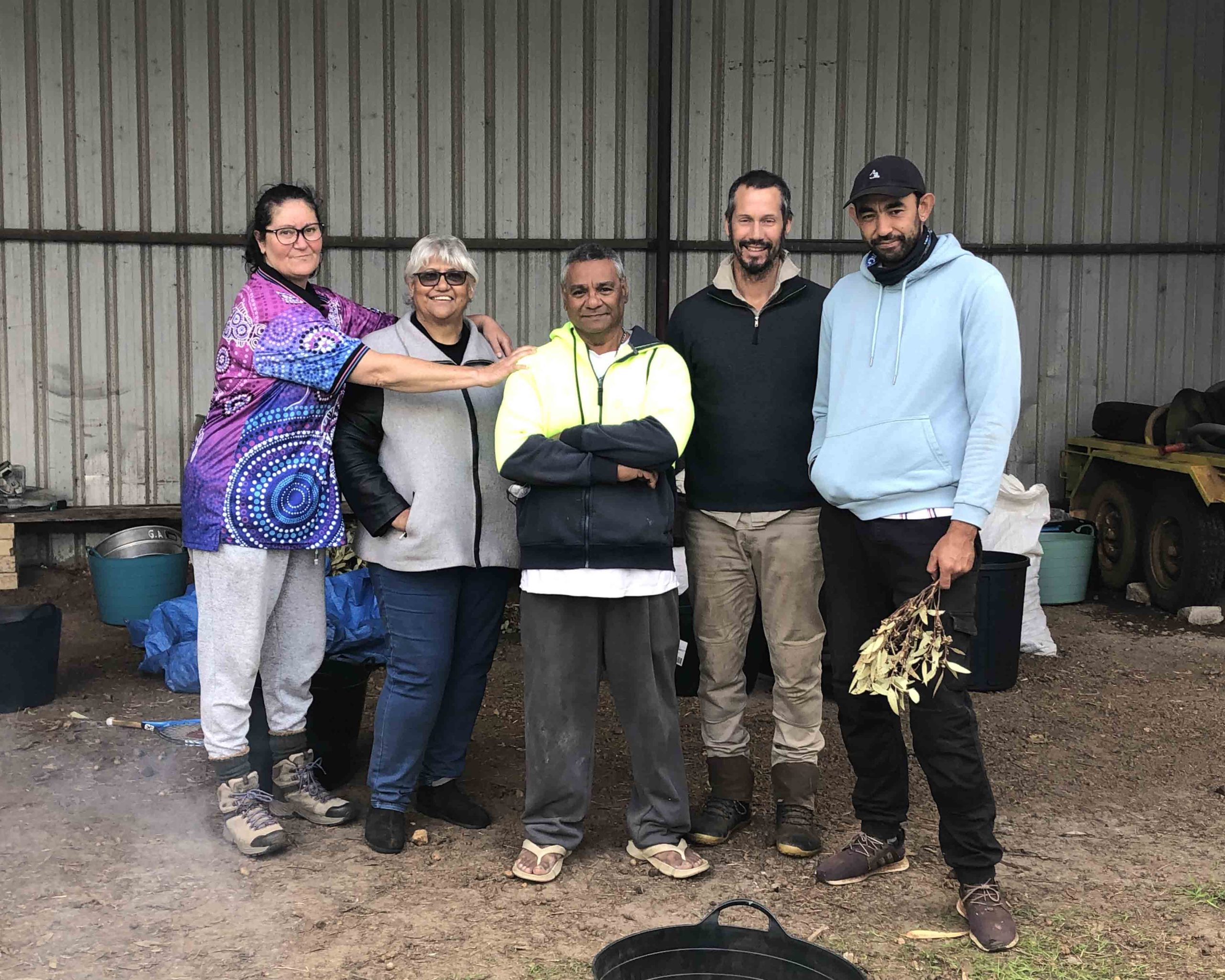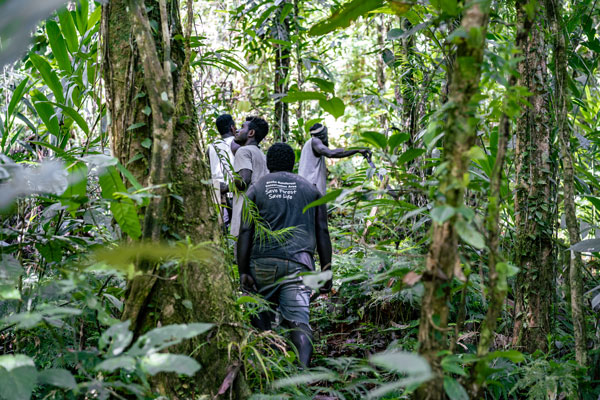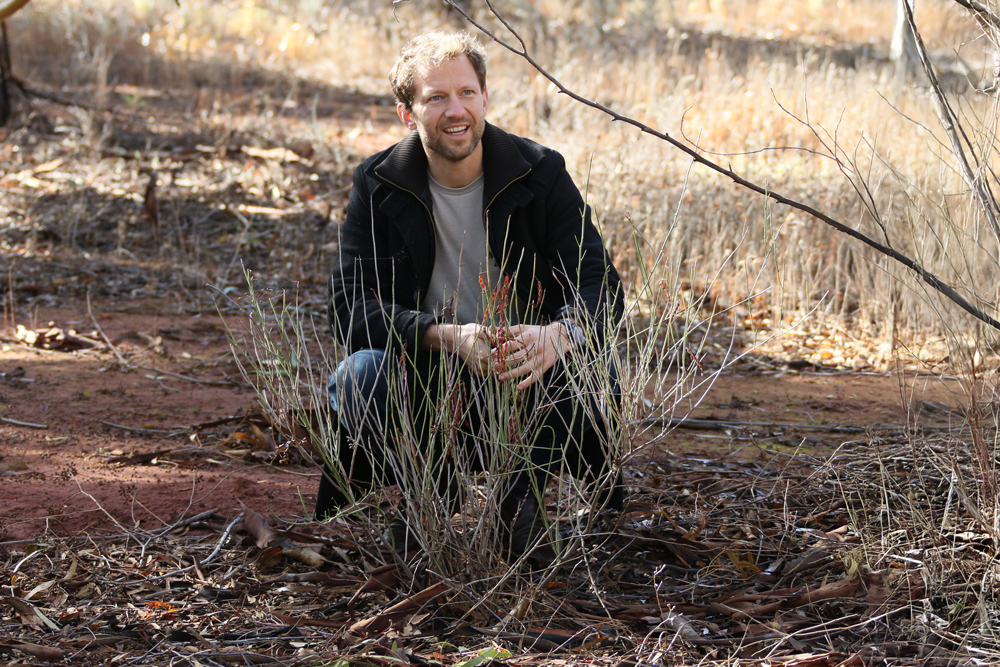From Advocacy to Celebration
Carbon Neutral
DateJuly 2024
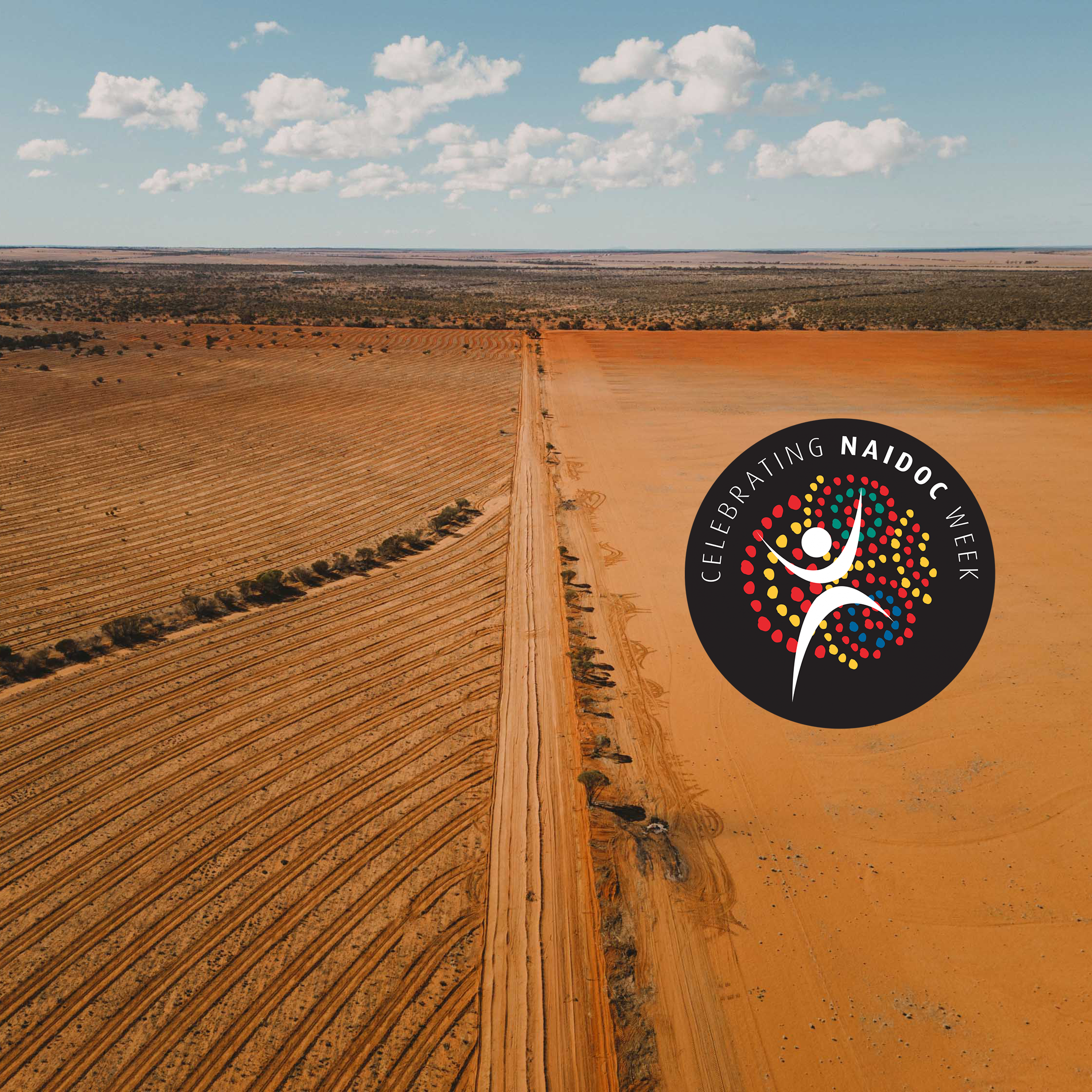
The Evolution of NAIDOC Week
This week is NAIDOC Week in Australia, and as an organisation working on Country, it is essential that we engage in reconciliation with First Nations communities. As a business, we are in the early stages of our own reconciliation journey, and members of our team have dedicated time to understanding the significance and long history of NAIDOC.
By the time the original NADOC (National Aborigines Day Observance Committee) was formed in 1957, there was already a substantial history of advocacy and protest for Aboriginal rights in Australia. Even before the 1920s, groups frequently boycotted Australia Day and protested the treatment and status of Aboriginal people. It’s important to note that during this period, various ‘protection’ and ‘assimilation’ acts strictly governed every aspect of an Aboriginal person’s life across the country. However, locally organised Aboriginal groups began to realise that the wider Australian public was largely unaware of these boycotts, motivating them to become more active and vocal in their efforts.
During the 1920s and 1930s, several new organisations came into being, such as the Australian Aborigines Progressive Association (AAPA) in 1924 and the Australian Aborigines League (AAL) in 1932. Despite their dedication, the AAPA had to shut down in 1927 due to police harassment. Nevertheless, the efforts of these and other organisations, culminating in the pivotal Day of Mourning, fuelled Aboriginal and Torres Strait Islander activism throughout the remainder of the century.
One of the earliest significant civil rights demonstrations globally occurred in Sydney on Australia Day, 1938, commemorating the 150th anniversary of the First Fleet’s arrival. Protesters marched through the streets, followed by a congress with over a thousand attendees. Known as the Day of Mourning, the following resolution was adopted:
Some communities may find this article culturally sensitive, as it may evoke sadness or cause offence due to language and descriptions from the past that are now considered inappropriate.
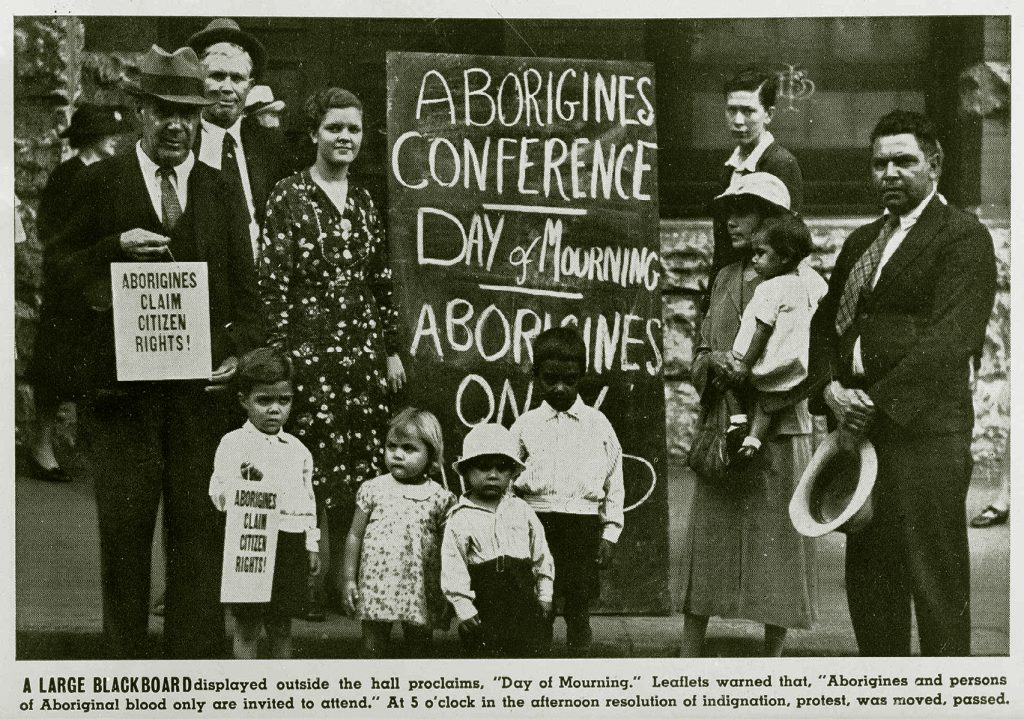
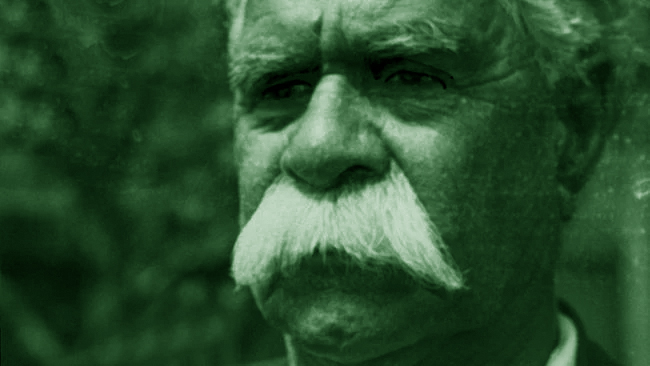
“We, representing the Aborigines of Australia, assembled in conference at the Australian Hall, Sydney, on the 26th day of January, 1938, this being the 150th Anniversary of the Whiteman’s seizure of our country, hereby make protest against the callous treatment of our people by the whitemen during the past 150 years, and we appeal to the Australian nation of today to make new laws for the education and care of Aborigines. We ask for a new policy which will raise our people to full citizen status and equality within the community.”
On this day, several significant events unfolded. One notable consequence was led by William Cooper, who presented a proposal to Prime Minister Joseph Lyons for a national Aboriginal policy. Unfortunately, the government rejected the proposal citing its lack of constitutional authority over Aboriginal affairs. Another pivotal outcome was the establishment of the Day of Mourning as an annual observance, held on the Sunday before Australia Day. This day serves to acknowledge the historical injustices and cultural losses suffered by Aboriginal peoples following colonization. Additionally, the Australian Aborigines’ League (AAL) successfully advocated for many religious denominations to observe this day as ‘Aboriginal Sunday,’ aiming to raise awareness about the unfair treatment of Aboriginal communities.”
Aboriginal Sunday was observed consistently from the 1940s through the 1950s. By 1956, there was a decision to expand its scope, transforming it from a day of protest to a celebration that highlighted the rich diversity and vitality of Aboriginal culture. As a result, the Day of Mourning was renamed Aborigines Day and relocated to the first Sunday in July. ‘Stan’ Lambert McBride, serving as Queensland President of the Federal Council for the Advancement of Aborigines and Torres Strait Islanders (FCAATSI), was instrumental in ensuring the campaign leading to the 1967 referendum achieved success.
In 1957, with backing from state and federal governments, churches, and key Indigenous organisations, the National Aborigines Day Observance Committee (NADOC) was established to coordinate and manage National Aborigines Day celebrations, which were rescheduled to the second Sunday in July. By 1974, the committee had transitioned to being exclusively composed of Aboriginal members, following the 1967 referendum that amended the Constitution to empower the Commonwealth to legislate for Aboriginal people and include them in the census. In 1975, the committee extended the commemoration to encompass an entire week of festivities, although their effort to designate National Aborigines Day as a public holiday did not succeed.
In 1991, NADOC underwent an expansion to include recognition of Torres Strait Islander people and their culture, leading to its transformation into NAIDOC (National Aborigines and Islanders Day Observance Committee), as it is known today. Concurrently, the committee began selecting an annual theme to highlight significant issues or events each year.
In 2024, NAIDOC Week embraces the theme “Keep the Fire Burning! Blak, Loud and Proud.” This theme celebrates the resilient spirit of our communities and encourages solidarity in amplifying voices that have historically been marginalised.
The fire symbolises the enduring strength and vitality of Indigenous cultures, passed down through generations despite numerous challenges. It signifies a deep connection to the land, to each other, and to the diverse tapestry of traditions that define Aboriginal and Torres Strait Islander peoples. As we honour this flame, we ignite sparks of pride and unity, renewing our commitment to recognising, preserving, and sharing the cultural heritage that enriches our nation.
“Blak, Loud and Proud” encapsulates the unapologetic celebration of Indigenous identity, empowering individuals to stand tall in their heritage and affirm their place in the contemporary world. This theme calls for reclaiming narratives, amplifying voices, and steadfastly pursuing justice and equality. It invites all Australians to listen, learn, and engage in meaningful dialogue, fostering a society where the wisdom and contributions of Indigenous peoples are fully acknowledged and respected. Through our collective efforts, we can build a future where the stories, traditions, and achievements of Aboriginal and Torres Strait Islander communities are cherished and celebrated, enhancing the fabric of the nation with the world’s oldest living culture.

Explore stories in the world of sustainability, carbon and climate change.

